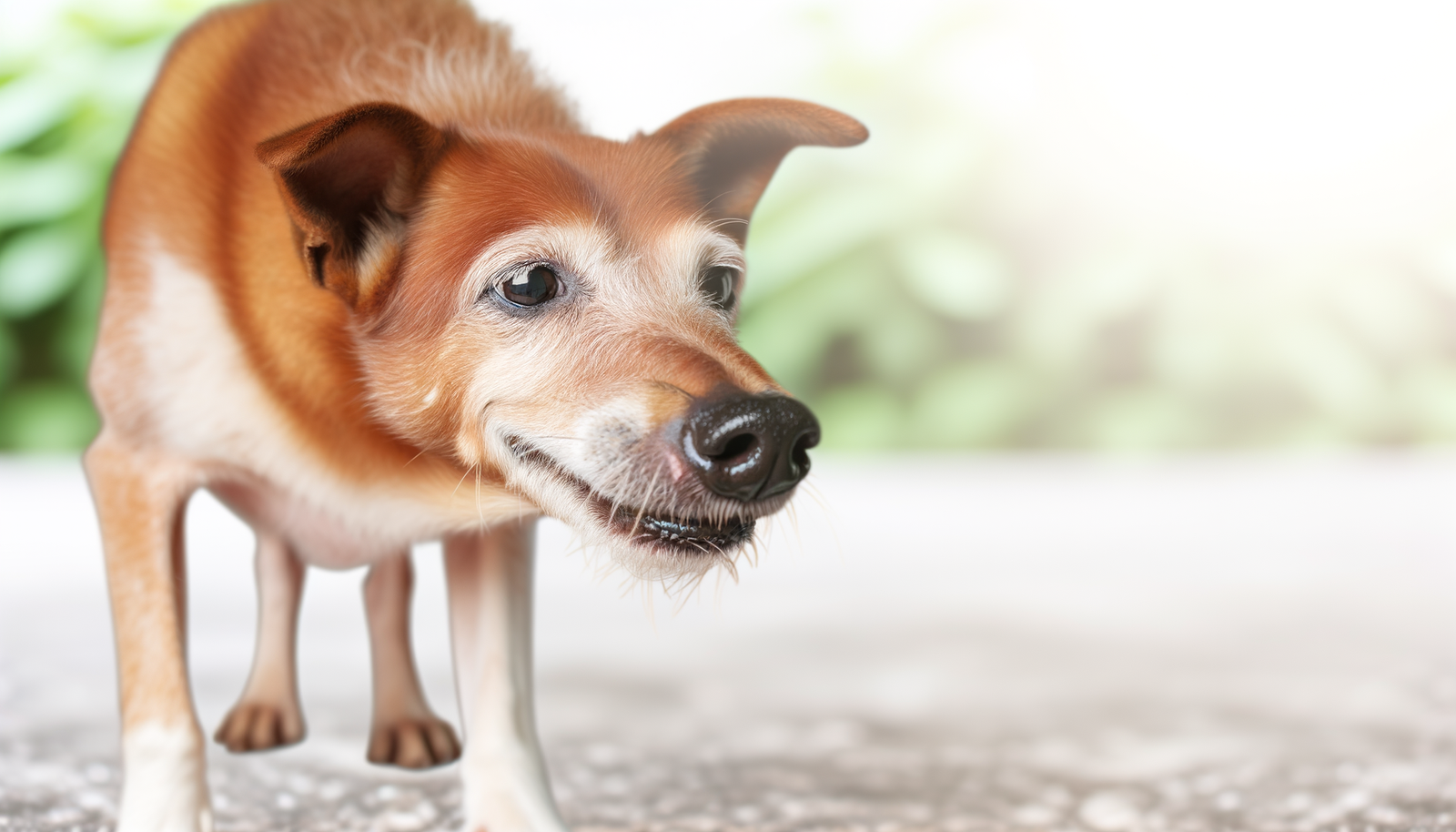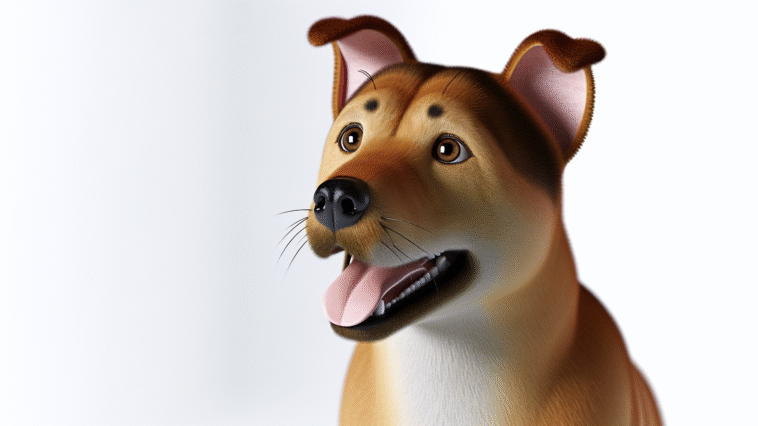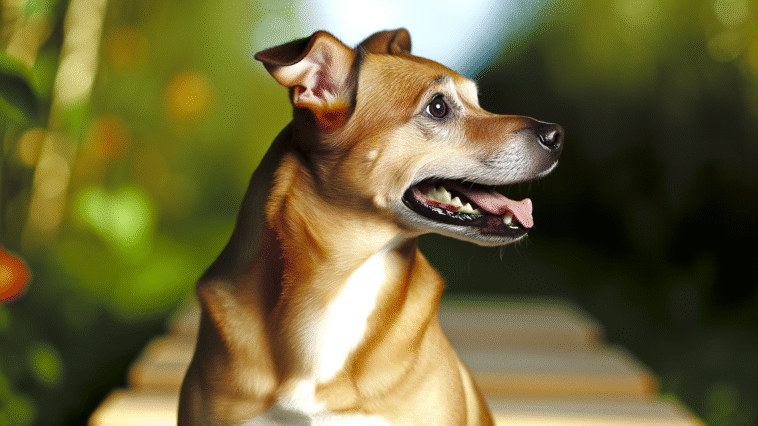Have you ever found yourself standing on the sidewalk, patiently waiting for your furry friend to finish investigating a seemingly inconspicuous bush? Trust me, I’ve been there too! The eternal question prevails: why do dogs sniff everything in sight? Well, after spending over a decade working with dogs as a certified trainer, I can confidently tell you that our pups’ noses are truly remarkable creatures of their own.
In my experience, dogs view the world through their noses in a way we can hardly imagine. It’s not just about catching scents; it’s a full-fledged sensory experience that guides them through life. So let’s dive into the fascinating world of canine olfaction and explore why your pup’s nose knows way more than you might think.
### The Superpower of Canine Olfaction
Imagine having the ability to detect a teaspoon of sugar in a million gallons of water – that’s the kind of superpower our canine companions possess. Dogs have up to 300 million olfactory receptors in their noses, compared to a meager 5-6 million in humans. To put it simply, what we see, dogs smell. Their noses are like high-tech gadgets that can pick up even the faintest odors lingering in the air.
So, the next time your dog pauses to deeply inhale a fire hydrant or a tree trunk, remember that they’re not just being overly curious or indecisive; they are deciphering a complex map of scents that reveal a story of the world around them.
### Tips to Understand and Support Your Sniffer Dog
1. **Embrace the Sniff Walks**: When you take your dog out for a walk, allow them to indulge in their sniffing ritual. Instead of tugging on the leash to keep them moving, try to make peace with the fact that sniffing is as essential to them as walking is to you. These sniff-filled outings are like mental workouts for your dog, stimulating their brains and providing much-needed mental exercise.
2. **Use Sniffing for Training**: Believe it or not, you can harness your dog’s love for sniffing to enhance their training. Incorporate scent-based games or activities into your training sessions. For instance, you can hide treats around the house and encourage your dog to find them using their sense of smell. This not only engages them mentally but also strengthens your bond through interactive play.
### Sniffing as Canine Communication
Dogs use their noses to communicate in ways we might overlook. Have you ever observed your dog sniffing another dog’s behind? While this behavior might seem odd to us, it’s a form of social interaction in the canine world. Dogs have scent glands in their anal region that release a unique odor, almost like a personal business card for dogs. When they sniff each other, they are essentially exchanging information about age, health, and even mood. It’s their version of a polite handshake and introduction.
I once had a client whose dog, Daisy, refused to interact with a neighbor’s dog during their walks. After patiently observing Daisy’s behavior, I realized that the neighbor’s dog had recently visited the vet and had a different scent due to medications. Daisy, being sensitive to these changes, was understandably hesitant. Understanding this canine communication helped the owner address Daisy’s discomfort and work on building her confidence during their encounters.
### The Relaxing Power of Sniffing
Have you noticed how your dog’s demeanor changes when they’re on a sniffing mission? It’s almost like they enter a state of pure bliss, fully immersed in the scents surrounding them. Sniffing triggers a relaxation response in dogs, akin to meditation for humans. When they are absorbed in sniffing, their stress levels decrease, and they enter a calm, tranquil state.
One of my own dogs, Max, used to get anxious during thunderstorms. To help him cope, I would scatter a few drops of lavender oil on his favorite blanket or toy. The calming scent of lavender helped him relax and feel more at ease during stressful situations. This simple act of incorporating calming scents into his environment made a noticeable difference in his overall well-being.
### How You Can Support Your Dog’s Sniffing Adventures
1. **Create Scent Enrichment Activities**: Engage your dog’s sense of smell by creating scent-based enrichment activities at home. You can hide different scents around the house for them to find, such as pieces of fruit, herbs, or even essential oils (in a safe and diluted form). This not only keeps them mentally stimulated but also provides a fun and rewarding challenge.
2. **Give Them Sniffing Breaks**: Whether you’re out for a walk or playing in the backyard, remember to give your dog sniffing breaks. Allow them ample time to explore and sniff their surroundings without rushing them along. These breaks are essential for their mental well-being and allow them to engage with the world around them on a deeper level.
### Embracing Your Dog’s Sniffing Behavior
Next time you find yourself at a standstill while your dog investigates a seemingly ordinary spot, take a moment to appreciate the world unfolding beneath their nose. Understand that for them, sniffing is not just a pastime; it’s a means of interpretation, communication, and relaxation. By embracing and supporting your dog’s sniffing adventures, you’re enabling them to navigate the world with a depth of understanding that goes beyond words.
So, how does your dog’s sniffing behavior enhance your bond with them? Share your stories and insights in the comments below!





